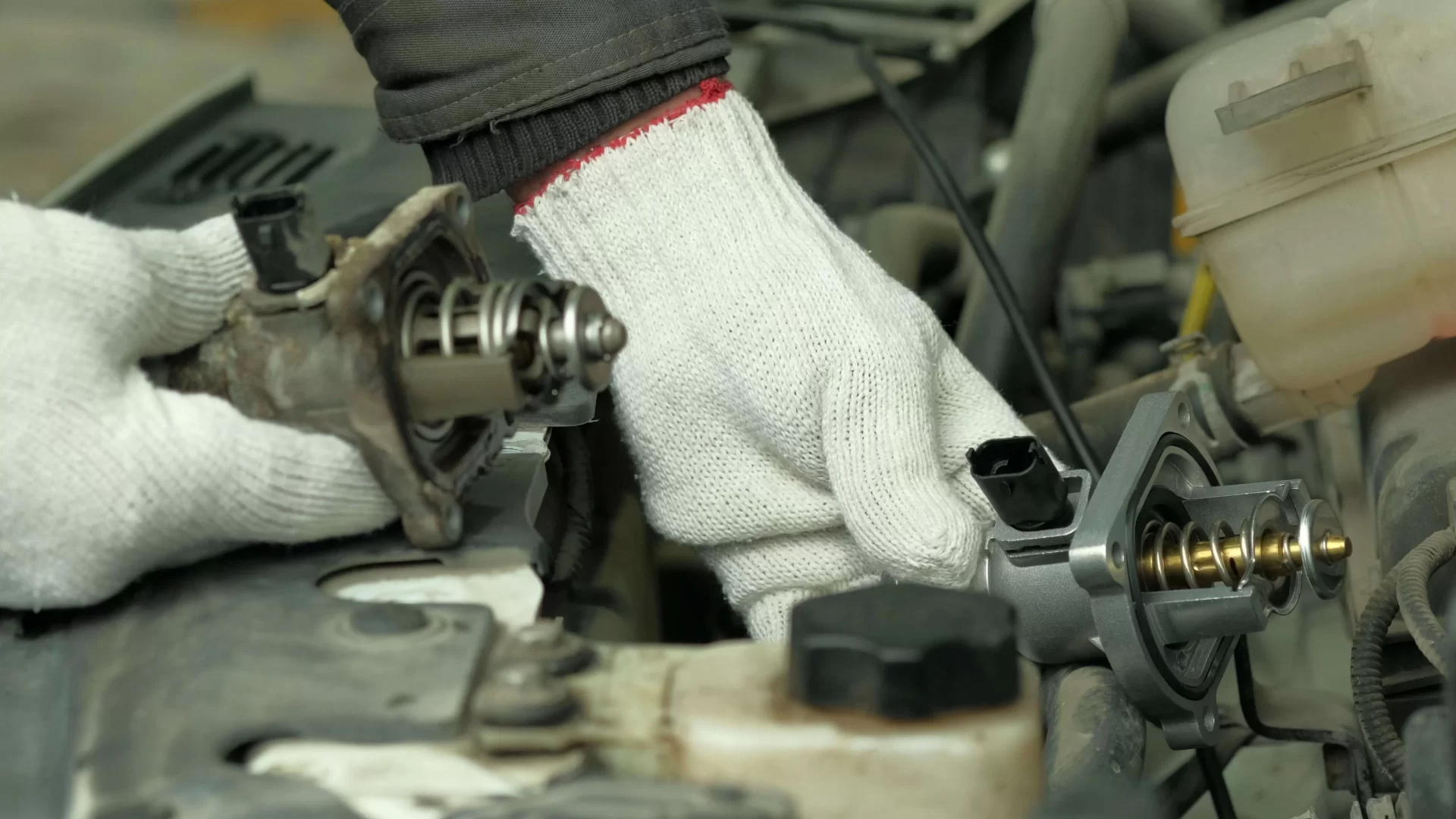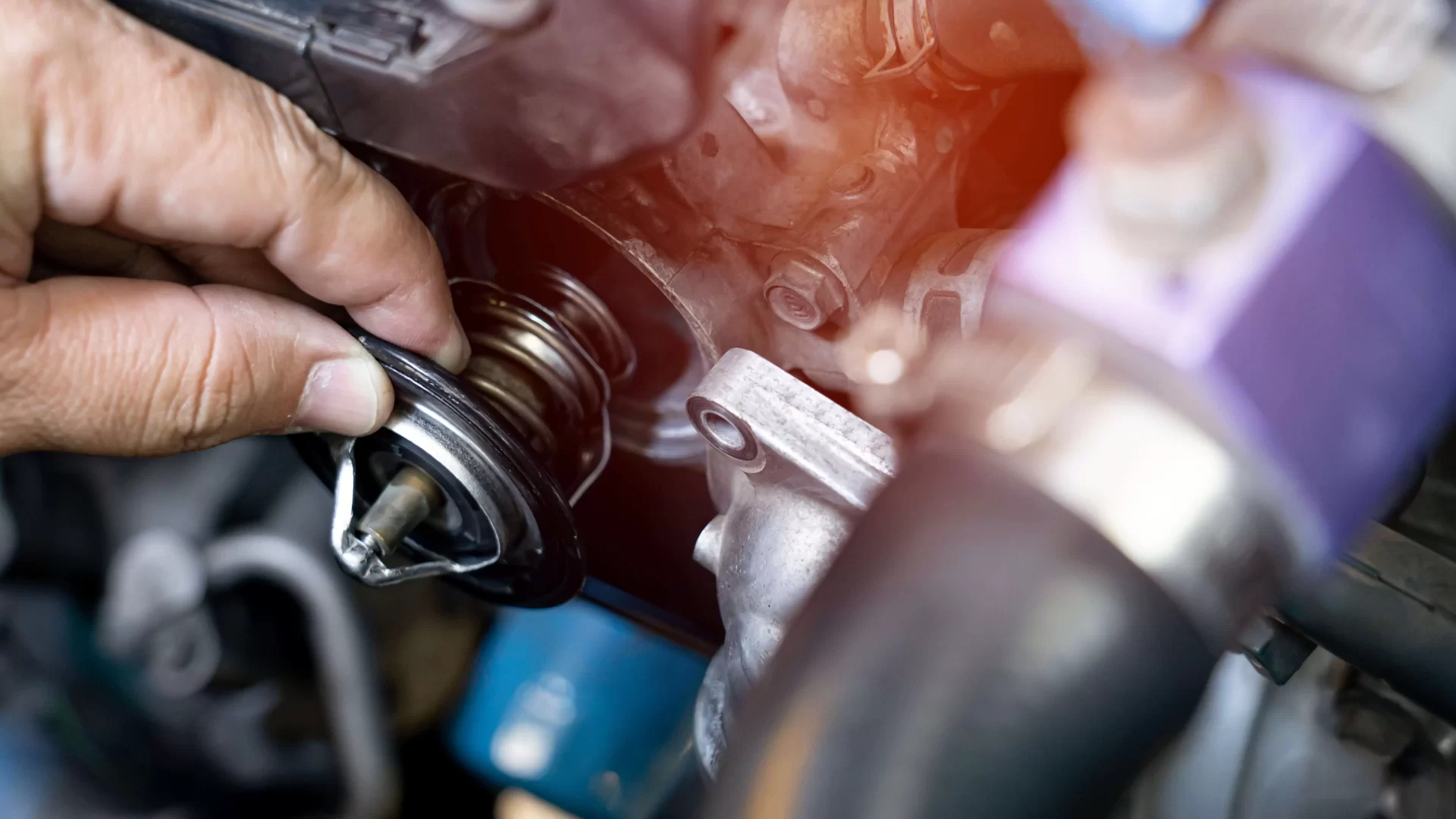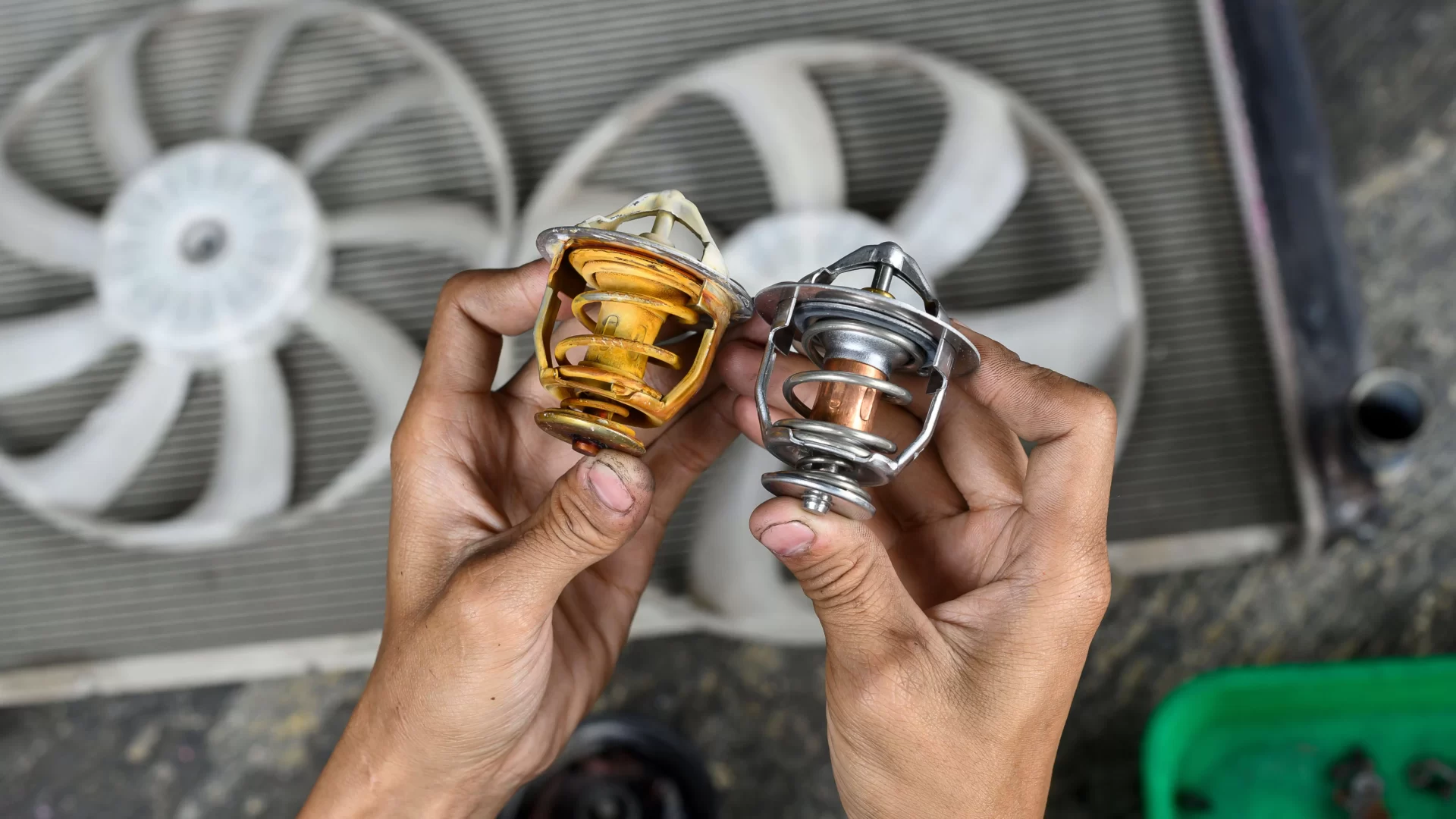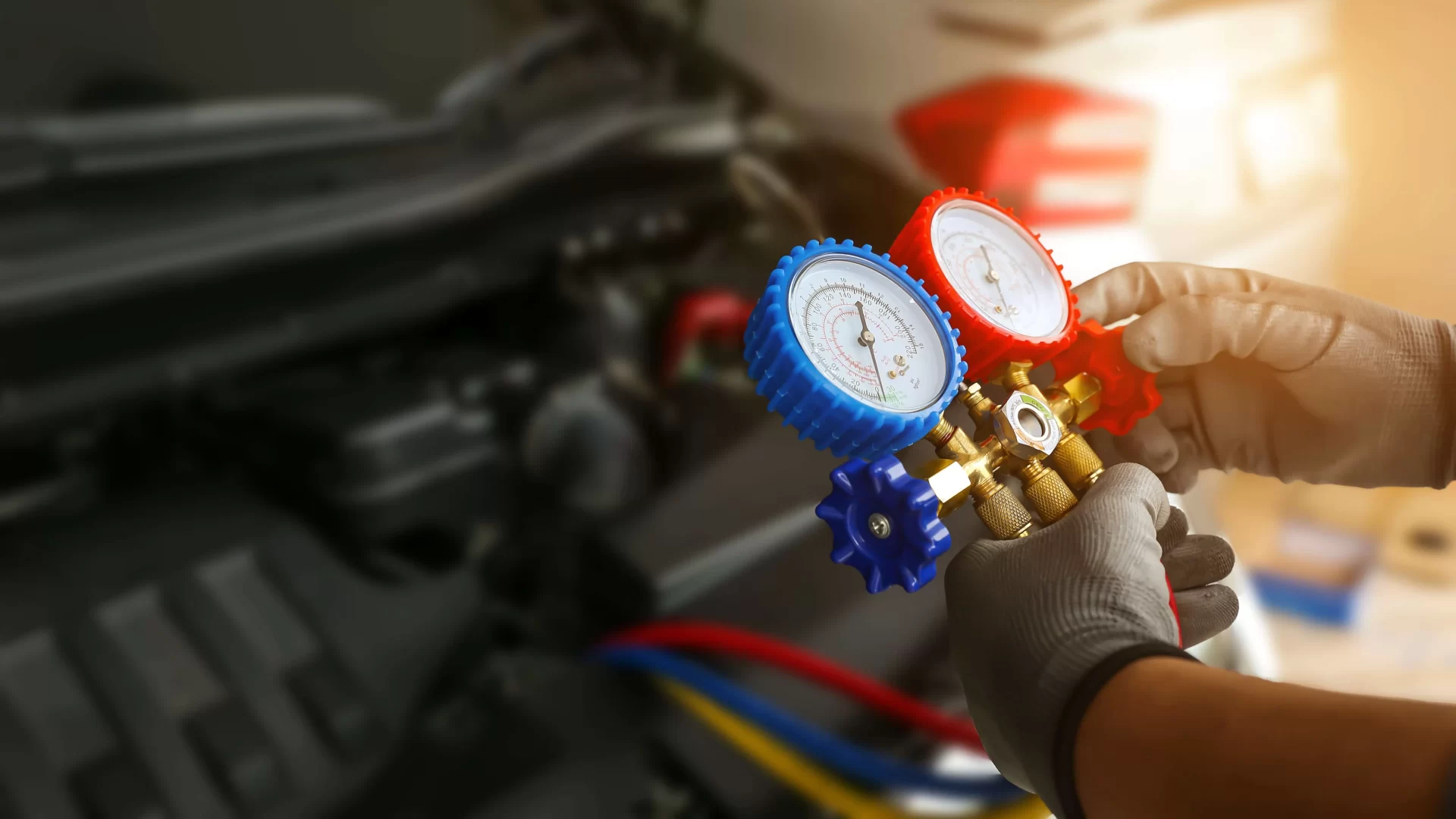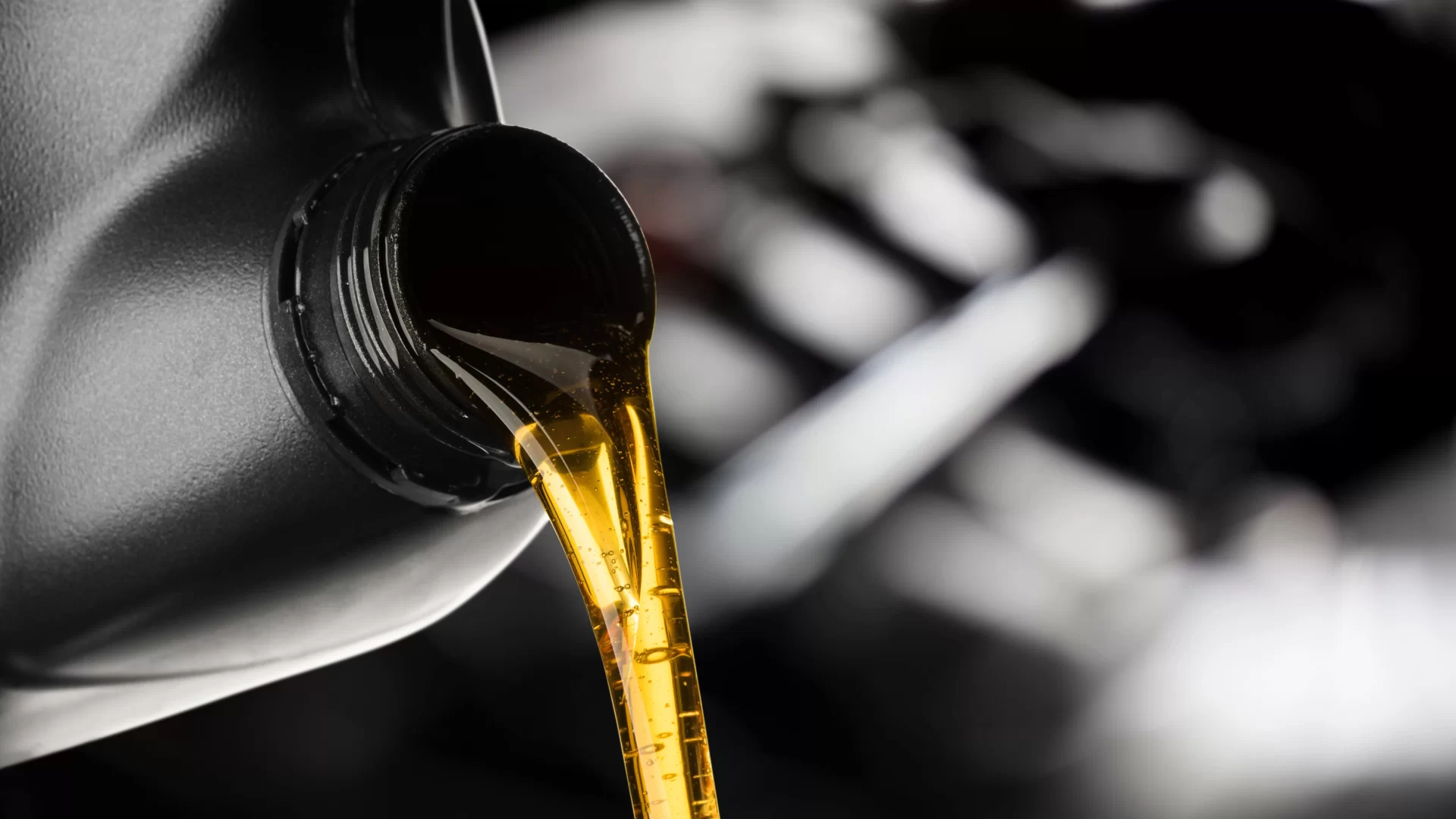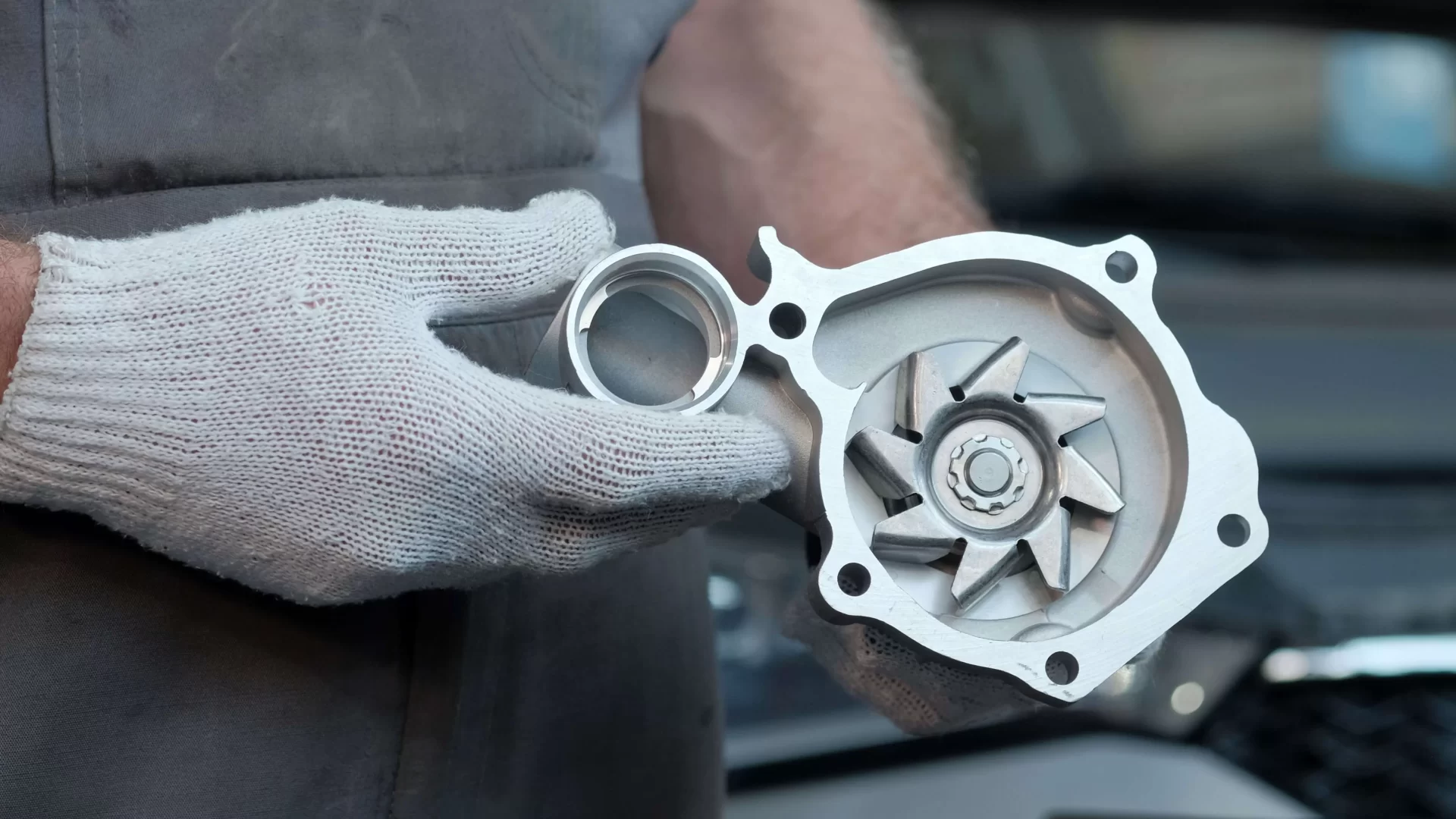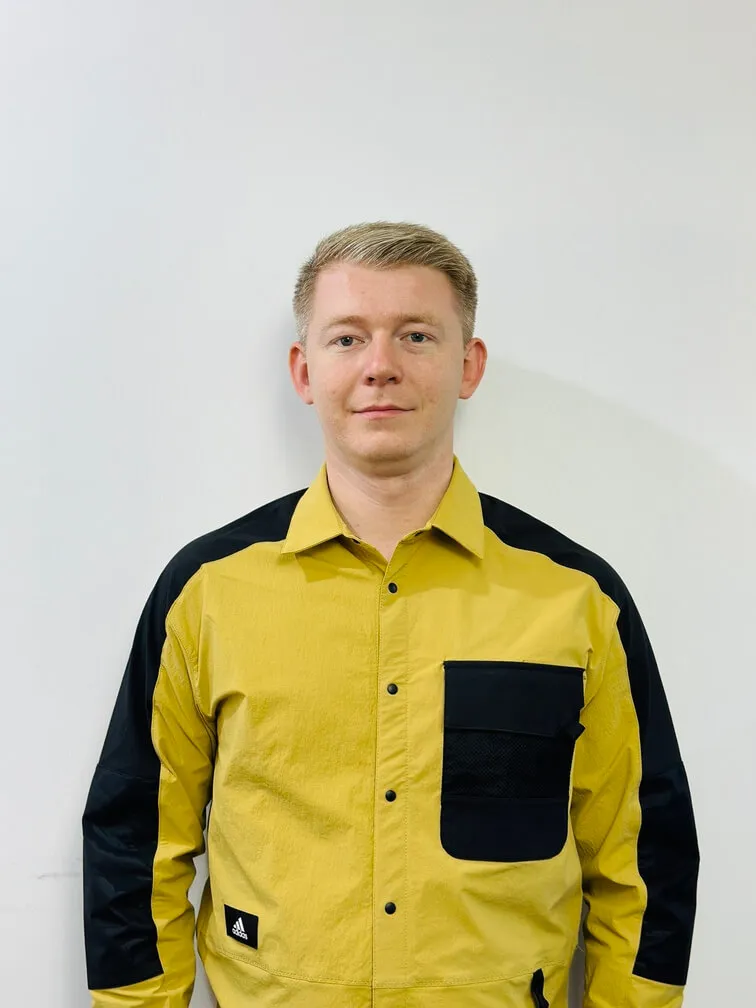Gallery
Car Thermostat Change in Dubai
Price
Reviews
write a reviewRelated Services
Our Team
A car is actually a machine producing heat, and it needs to have an optimal engine temperature for good performance and service life. It is here that the car thermostat has a vital role to play: it becomes one of the most important devices that lets your car’s engine keep within a preset temperature range by controlling coolant flows.
In this article, we are going to talk in detail about why exactly your car engine requires a thermostat, the symptoms of engine overheating, and step-by-step replacement procedures. We’ll also discuss a few disadvantages of self-replacement of a vehicle’s thermostat, some common mistakes to avoid, and share a few inspection and maintenance tips.
Understanding the Importance of a Car Thermostat
Basically, the thermostat of the car is a temperature-sensitive switch that opens or closes depending on the regulations of the coolant system. Here’s why it’s important:
- Optimal Engine Performance: A correctly working thermostat will have your car engine running at an optimal temperature, that is between 195°F and 220°F, or 91° and 104°C.
- Overheating Prevention: It enables the flow of coolant into the car engine when the engine gets warm, thus preventing engine overheating, which can result in serious damage.
- Protection of Other Components: When the temperature is well regulated, the other components, such as the radiator, water pump, and hoses, are also protected against undue heat or wear.
The thermostat in your car is critical to maintaining your engine’s optimal operating temperature. It allows the car engine to reach its peak performance and prevents it from overheating or freeze-ups. Regular inspection, timely replacement when needed, and proper maintenance will help extend the life of your thermostat and keep your engine running smoothly. This may be a small component, but it is a very important one, as it is crucial for the keeping the car healthy and ensuring customer satisfaction.
Symptoms of a Failing Thermostat
Recognizing the symptoms of a thermostat failure can save you from larger problems on the road. Following are some of the thermostat issues that the owner may notice or that can be detected by skilled technicians in the course of car engine or cooling system diagnostics:
- Engine Overheating: The engine’s temperature gauge will show continuously in the red sector of the dial.
- Slow Warm-up: It can be the result of a stuck-closed thermostat. When this happens, it takes more time than usual to warm up the engine.
- Coolant Leaks: A faulty thermostat housing or gasket may cause leakage.
Recognizing the common signs of a bad thermostat can give the chance to act promptly and reduce any further occurrence of the engine failure. If you encounter any of these symptoms, have your thermostat inspected by professional mechanics and changed if necessary in order to eliminate other problems with your car engine that may occur later on.
Preparing for a Car Thermostat Replacement
Prior to commencing a faulty thermostat replacement, be sure you are already equipped with the following:
- A new thermostat corresponding to your car’s make and model.
- Applicable tools, including but not limited to: socket set, pliers, screwdriver, and possibly a drain pan.
- Adequate safety equipment: gloves and safety goggles.
- Time and patience since this might take a little longer than you expected.
Before you begin replacing the car thermostat, ensure you have the correct thermostat for replacement, all the tools you will need in the course of repairs, as well as protective clothing. First, allow the engine to cool down, then drain the coolant. Inspect the housing for any damage. This will ensure that the process of thermostat installation goes successfully.
Steps for Replacing a Car Thermostat
- Preparation: Allow your engine to cool for safety reasons. This procedure will prevent the risk of burns that may occur if you touch a hot metal surface. Then pull the parking brake and put wheel chocks on for extra protection.
- Coolant Drainage: Locate the radiator drain plug at the bottom of the radiator and place a drip pan underneath it. Start removing the plug and completely drain the coolant from the cooling system.
- Pull Out the Old Thermostat: Locate the thermostat housing. It is usually on top of the engine block. Disconnect the hoses that are attached to the housing and then remove the bolts that keep the housing in place. Carefully remove the housing and the old thermostat.
- Check the Housing: Check for any damage or wear on either the thermostat housing or sealing gasket. Replace if necessary before installing the new one.
- Installing the Thermostat: Install the thermostat, making sure the new one is the right type and size for your car engine. Place it in the housing making sure the arrow faces towards the engine block if applicable. Place a new sealing gasket on, if required, and reinstall thermostat and housing.
- Replacing Coolant: Replace the plug on the bottom of the radiator and fill the cooling system with the proper type and quantity of coolant. Check your vehicle owner’s manual for manufacturer’s instructions specific to your make and model.
- Bleed the Air: Start the engine but not when it’s hot. Let it run at an idling speed. Remove the radiator cap to let bleeding of air from the system take place. After bleeding the air, put back the cap and let the engine continue to run for a little extra time to develop circulation of coolant.
- Final Check: Turn off the engine and let it stand still. Check the thermostat housing and radiator hose for leaks. If all is well, you can just go on a short drive to check everything is going right with your thermostat.
To replace the car thermostat, follow these steps: drainage of coolant, removal of the old thermostat, inspection of the housing, installation of the new thermostat, refilling of coolant, bleeding of air, and final checking. By close adherence to these steps, you will be able to replace your car thermostat successfully, prevent engine overheating and engine repair, ensure a proper engine temperature setting, and the optimal performance of the cooling system.
Disadvantages of DYI Replacement
Though replacing a car thermostat may seem an easy process, there are a couple of key reasons car owners should take their vehicles to a professional mechanic service. Here are these reasons:
- Inaccurate Diagnosis: A car owner can diagnose problems incorrectly, which means money will be wasted on replacing and fixing issues that are not necessary. In the case of professional services, skilled technicians will be able to provide excellent service, give an accurate diagnosis, and prescribe appropriate remedies.
- Inadequate Equipment: A replacement of the thermostat may require special equipment that you are not likely to have in your toolbox, like a voltage tester, a screwdriver set with various tips, or a digital multimeter. Professionals have the right equipment to ensure the job is done properly.
- Incorrect Installation: The incorrect installation often results in leaks, car engine overheating, or other problems. A professional knows how to install a thermostat in order to avoid such problems.
- Time and Effort: Replacing a thermostat might be very time-consuming, especially when you have never done it before. Professional installation by expert technicians will surely save your time and effort.
Though DIY replacement of your thermostat can save you money, on the other hand, it may result in poor installation or further damage to other components, or even the wrong diagnosis. So, prior to starting a DIY installation, consider the following advantages of professional service, like the correct diagnosis, proper installation, warranty coverage, etc.
Common Mistakes to Avoid
- Improper Choice of Thermostat: Always use a thermostat of your particular make and model. Consult the car manual fir the thermostat specifications.
- Insufficient Installation: Correctly install the thermostat in the housing; if it has an arrow, it should be pointing towards the engine block.
- Over-Tightening: Do not overtighten when screwing up the bolts holding the thermostat housing since this will damage the housing or gasket.
- Insufficient Refilling of Coolant: The refilling of the cooling system has to be done in appropriate quantities and type of coolant; otherwise, overheating of the car engine or other damages might follow.
Car thermostat replacement may encounter some common mistakes which are to be avoided. They include not completely draining the coolant from the cooling system, overtightening of the bolts during installation, and incorrect type of thermostat being used. With good preparation, cautious installation, and close attention to details, you will be able to avoid the pitfalls mentioned above and ensure a successful replacement.
Inspection and Maintenance
For their thermostats to function well for a long time, car owners have to know the inspection and maintenance tips listed below:
- Regular Inspection: Have your mechanic inspect your thermostat and related other components, such as coolant, hoses, and water pump, during routine maintenance.
- Coolant Flush and Replacement: According to the maintenance schedule of your vehicle, do a coolant flush and replacement at regular intervals. New coolant keeps the temperature inside your car engine at optimum levels and can protect it against corrosion.
- Look for Leaks: The housing and the hoses, which include everything related to the thermostat, should be checked for leaks. Everything found should be repaired without further delay.
Regular car thermostat inspection and maintenance, together with checks on the cooling system, help in keeping your car engine healthy. Periodically have car engine and cooling system checks, replace coolants when needed, and eliminate leakages or any other issues, so that these do not develop into big problems which will entail costly engine repair.
Your Next Steps
A car’s thermostat helps maintain the operating temperature of the car engine within an ideal range ensuring the best performance and preventing engine overheating, the further damage of components, and engine repair.
Understanding what a thermostat is designed for, recognizing the symptoms of its failure, and following the steps for replacement might help the owners in keeping their cars run smoothly.
However, if you are not comfortable with any part of this process due to lack of knowledge or experience, then seek the assistance of a mechanic to have the job done professionally. At Desert Diamond, we offer transparent pricing and efficient diagnostics. Our mechanics have the right experience to replace a thermostat and guarantee that it will keep your engine cool and functioning properly.

